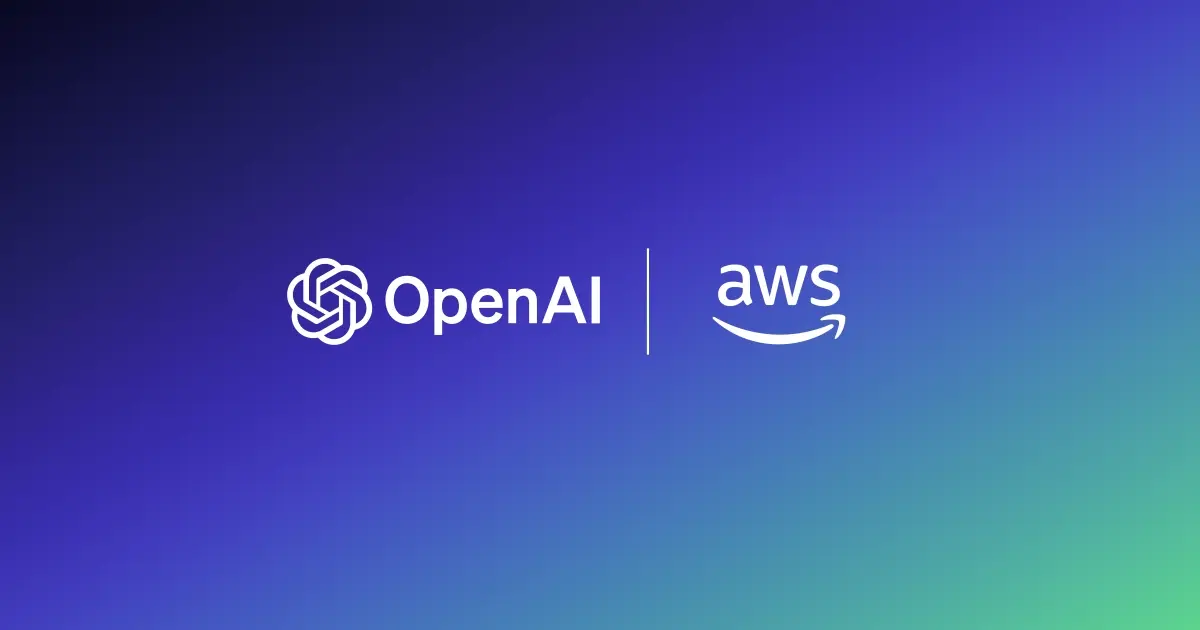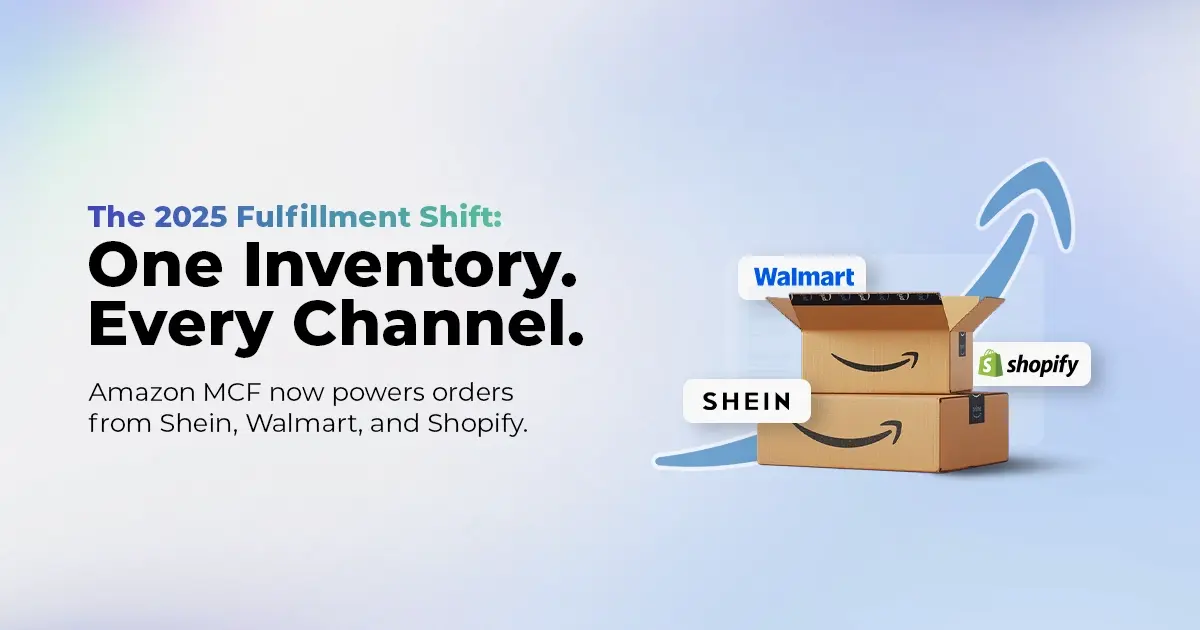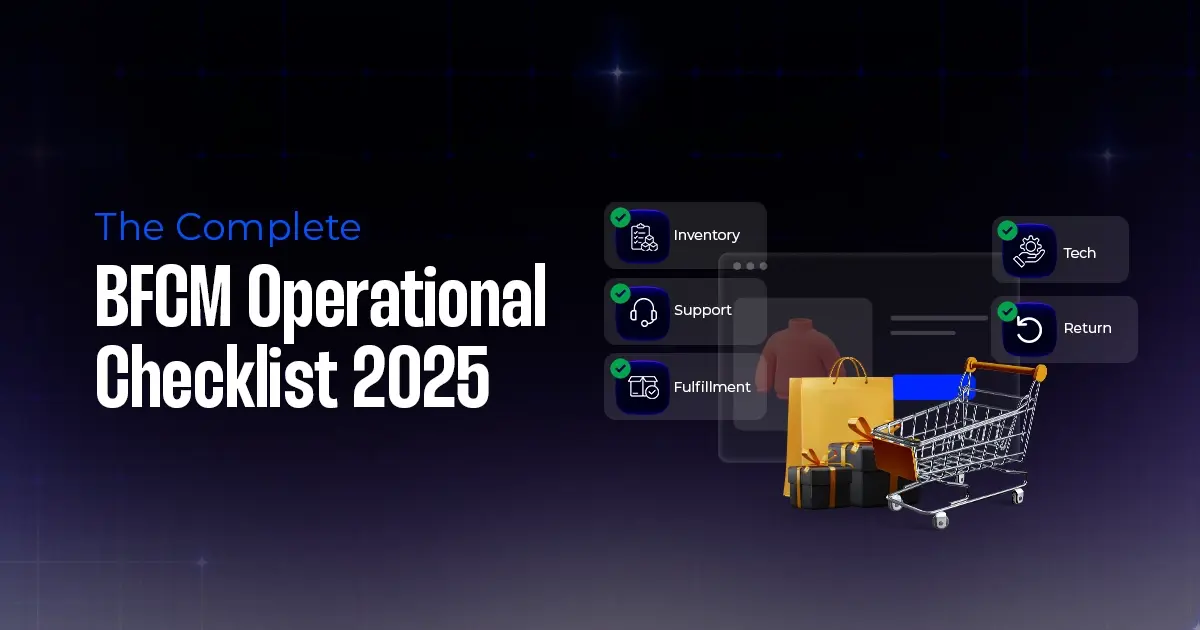Cyber Monday 2025 eCommerce Shatters Records
Reading Time: 3 minutesSummary Cyber Monday 2025 has officially become the largest online shopping day…
Walmart’s new collaboration with OpenAI signals more than a tech upgrade — it marks the next step in conversation-driven commerce. Through OpenAI’s ChatGPT integration, the retailer is building a shopping layer that interprets context and intent, not just product names. A customer might ask, “Find me affordable kitchen storage that matches a beige aesthetic,” and Walmart’s AI will surface exact listings that fit. The shift collapses the distance between intent and checkout, and that could completely reshape how sellers compete for visibility.
The short-term upside is clear: conversational discovery could expand visibility for products that match nuanced user queries. Instead of relying on rigid keyword matches, sellers could reach buyers whose needs were previously hidden behind poor search phrasing.
AI-driven recommendations may also refine ad placement, suggesting items dynamically based on real-time conversations — a direct path to higher conversions.
But this same mechanism introduces a new hierarchy of visibility. AI will decide which listings appear when a shopper describes a need. That ranking logic — trained on data, reviews, and seller performance — could concentrate exposure among a smaller set of “AI-favored” listings. For independent sellers, the risk is clear: the algorithm becomes the gatekeeper of intent.
Amazon has spent years perfecting predictive search and recommendation systems. Walmart’s move with OpenAI isn’t imitation — it’s differentiation.
While Amazon optimizes what users search, Walmart’s partnership with OpenAI is betting on understanding how they search. It’s a subtle but profound distinction.
In a voice- or chat-based interface, the brand that interprets emotion, lifestyle, and preference gains an edge that keyword optimization alone can’t deliver.
Tip for Sellers: Instead of limiting your presence on one channel, diversify your revenue streams by being present across multiple channels. CedCommerce makes this expansion easier, at 50-70% lesser cost as compared to traditional agency/solution providers.
For sellers, adapting isn’t optional — it’s structural. Winning in this model requires treating product data as language AI can fluently “speak.”
Suggest key adaptations to explore for sellers:
This is the new SEO: Search for Everything Optimization — optimization for meaning, not just keywords.
Walmart’s partnership follows a wider AI retail movement that includes Etsy’s conversational discovery pilot and Shopify’s integration of generative tools for merchants.
The common thread: speed and context. Platforms want to remove friction between “I need” and “I bought.” For sellers, this means every piece of metadata — from color to sustainability claims — becomes part of a contextual web that determines visibility.
The race isn’t to have the lowest price or fastest shipping, but to be the first suggestion an AI makes when a shopper describes what they want.
Source: Walmart

Reading Time: 3 minutesSummary Cyber Monday 2025 has officially become the largest online shopping day…

Reading Time: 2 minutesSummary Amazon kicked off December with two major developments shaping the future…

Reading Time: 2 minutesSummary Walmart has entered December with two major moves that signal a…

Reading Time: 2 minutesBlack Friday 2025 delivered the strongest U.S. eCommerce performance in history, as…

Reading Time: 13 minutesStill approaching BFCM with generic discounts, last-minute price cuts, or scattered promotions?…

Reading Time: 3 minutesTikTok Shop reached a major milestone during its largest U.S. “Global Black…

Reading Time: 3 minutesOpenAI has announced a new AI-powered shopping research tool designed to help…

Reading Time: 9 minutesIf your TikTok Shop listings often sit in review or your visibility…

Reading Time: 3 minutesAmazon has rolled out a new “Seller Challenge” feature for eligible Account…

Reading Time: 3 minutesWalmart Marketplace has sharpened its requirements around product classification (category, type group,…

Reading Time: 3 minutesJust ahead of Black Friday, Amazon is enforcing tighter controls on its…

Reading Time: 11 minutesWhere holiday prep of past years focused on legacy channels like Amazon,…

Reading Time: 11 minutesThe eCommerce shift you actually need to act on Multi-channel fulfillment has…

Reading Time: 10 minutesBlack Friday Cyber Monday (BFCM) isn’t a weekend anymore; it’s a two-month…

Reading Time: 2 minuteseBay is quietly testing a new feature that could reshape how buyers…

Reading Time: 2 minutesAmazon is stepping into a new era of value commerce with the…

Reading Time: 11 minutesThe $240 Billion BFCM Opportunity & Why Operations Matter Every seller, business,…

Reading Time: 7 minutesTL;DR — Your 60-Second BFCM Battle Plan Time remaining: 3 weeks until…

Reading Time: 2 minutesChina’s Double 11 shopping festival — the world’s largest annual online retail…

Reading Time: 2 minutesAs the holiday season approaches, TikTok Shop has released its September 2025…